JLR offers plugged-in off-road performance with the new Range Rover Sport hybrid
The all-new Range Rover Sport makes its debut, alongside the first plug-in hybrid version of the recently refreshed Range Rover flagship
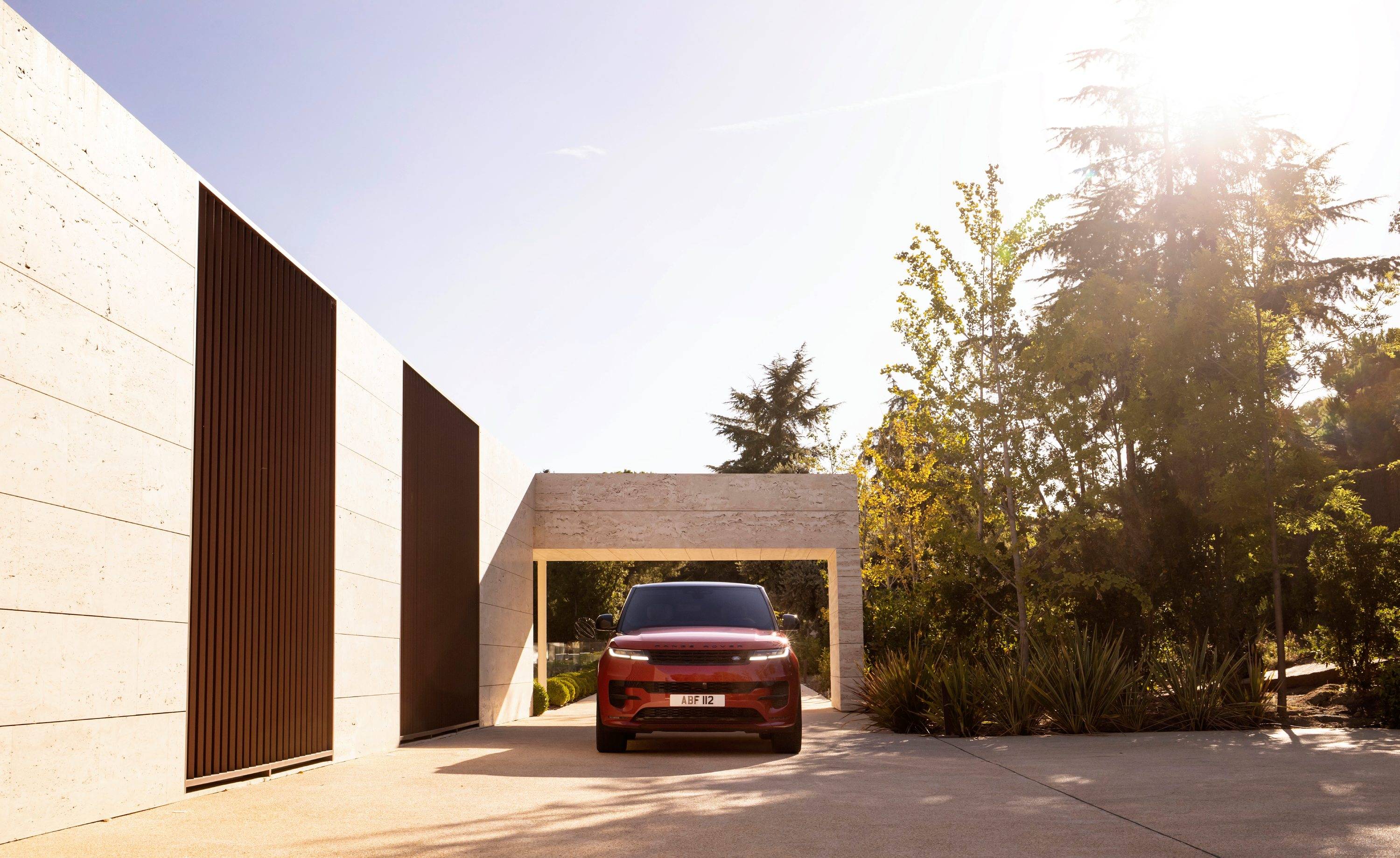
The original Range Rover Sport opened up new areas for the company back in 2005. It was the first self-consciously 'urban' Range Rover, shedding the veneer of an upper-class, county-money association, and also the first time the precious Range Rover DNA had been exported to another model. In short, it was a gamble.
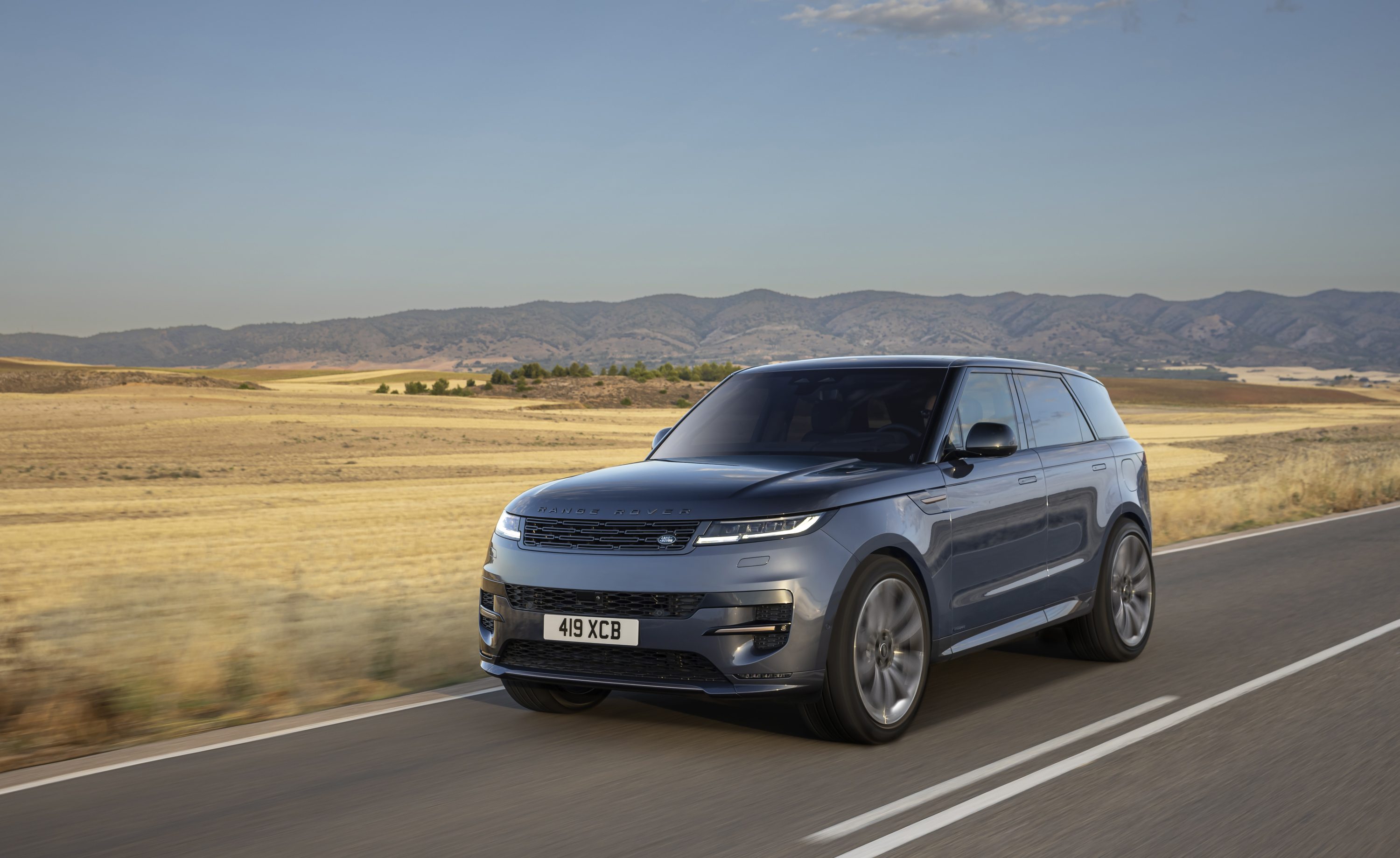
The plug-in hybrid version of the new Range Rover Sport
The launch paid off handsomely, kick-starting the broadening of the Range Rover line-up (which currently includes the Evoque and the Velar as well), and swelling the company’s status and valuation. This is the new Range Rover Sport, the third iteration of the model. It’s also the sister car to the recently renewed Range Rover. Sleeker, (marginally) smaller, and ‘sportier’, it is pitched at a very different kind of customer.
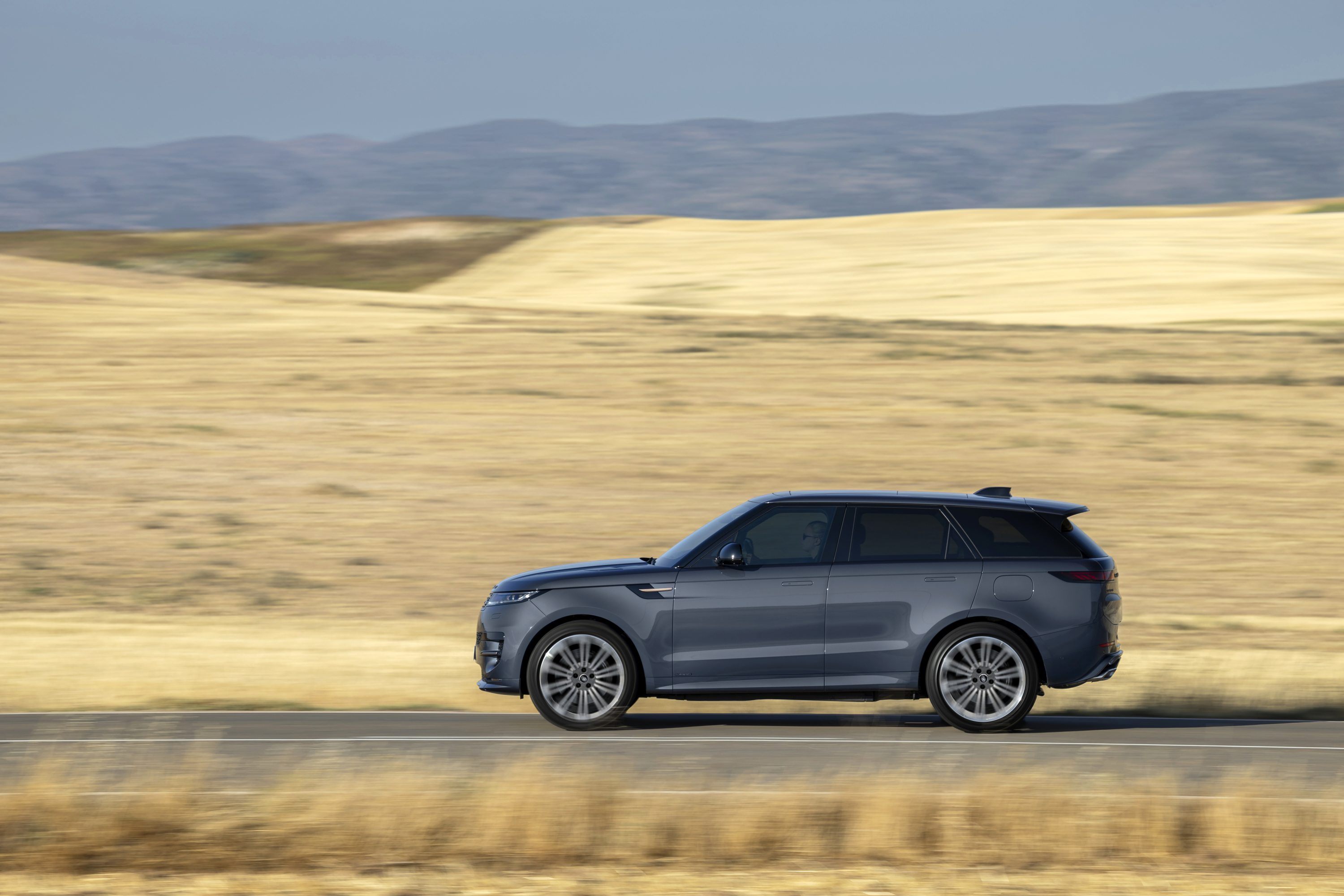
The Range Rover Sport has a more dynamic side profile
One delineation – one that might flatter Range Rover – is that between owner and driver. The larger, statelier Range Rover is for those who like to be driven, especially in tip-top long wheelbase specification with twin ‘Executive Class’ rear seats. The brasher, bolder Range Rover Sport is for the owner who prefers to drive themselves.
It’s a similar set-up to Rolls-Royce, which has the flagship Phantom for backseat plutocrats, and the marginally more ‘democratic’ Ghost, which tends to be favoured by owner-drivers. JLR’s own statistics show a crossover of just 5 per cent between Sport and Range Rover owners.
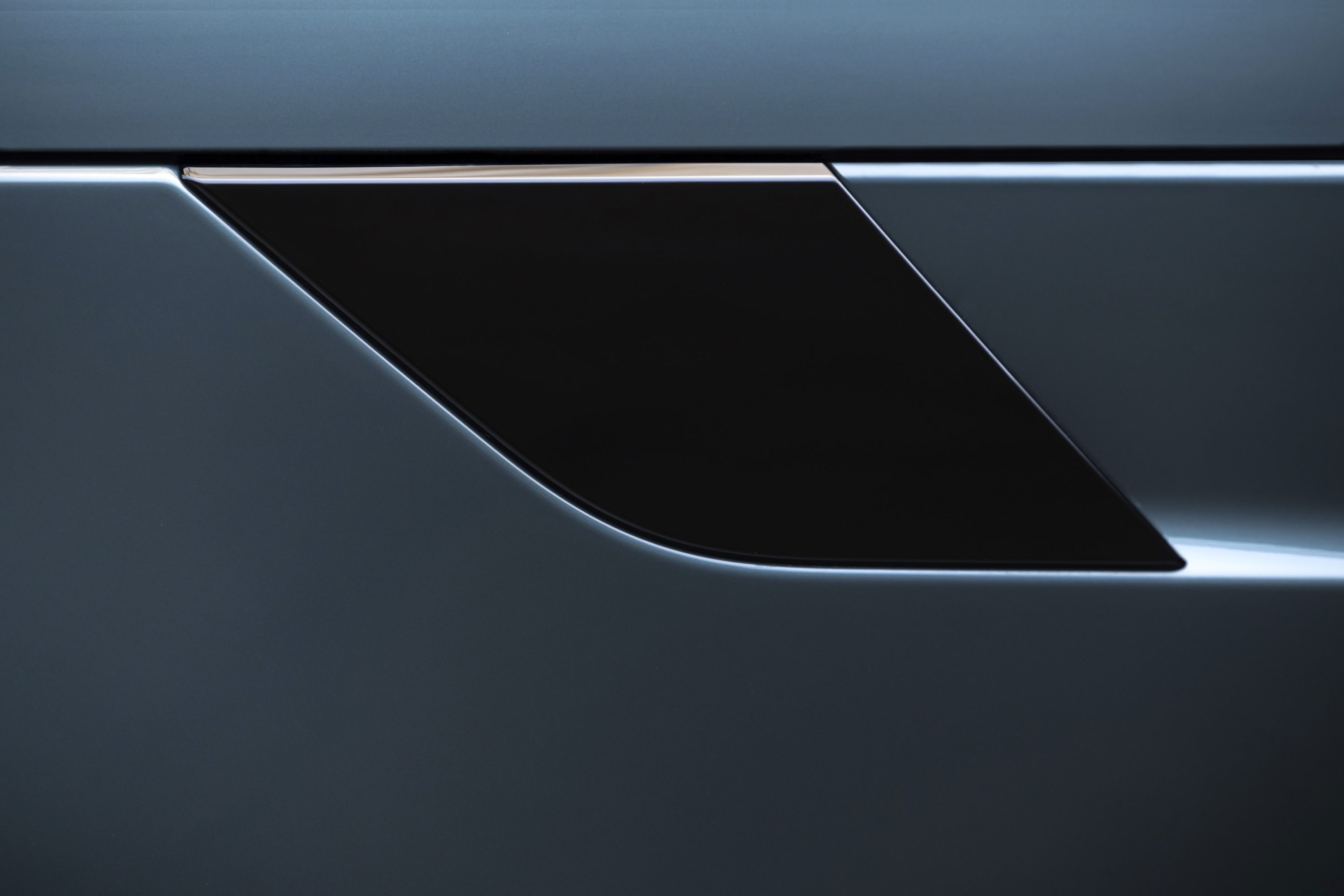
Detail design is minimalist in the extreme
Visually, the Sport is differentiated by a few signature elements that have evolved in the years since the first model debuted. It is more linear, and less upright, with a multi-layer front grille and lights that blend around the corners to form part of the handsome side profile. The rear light cluster is a break from conventional Range Rover cues, with a horizonal band that (to these eyes) is vaguely reminiscent of Porsche’s 1970s-era 928.
Although both machines share a wheelbase, the Sport is 5cm lower, a difference accentuated by the flush black glasshouse, more steeply raked screen, and rear spoiler. It’s also marginally shorter. The squarish bluffness and sharp creases of the original models have been replaced with a more lozenge-like smoothness – the windscreen angle also means the Sport generates less wind noise than the more upright Range Rover.
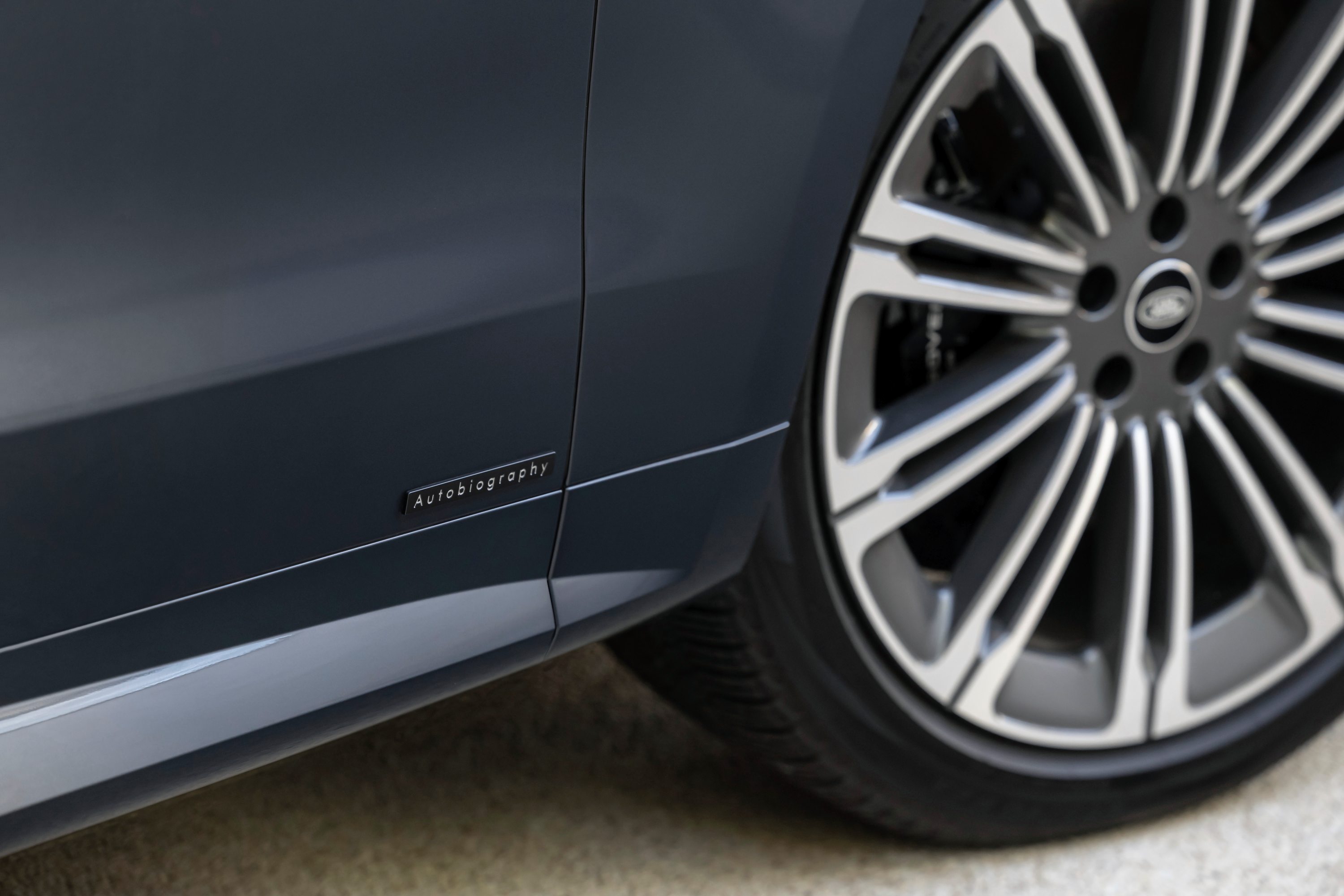
The Autobiography edition offers higher quality trim and detailing
The feel behind the wheel is also different, even though the cabin architecture is remarkably similar. Whereas the big Range Rover tends to waft and girds itself up in preparation for rapid forward propulsion when you plant your foot, the Sport has snappier steering and a quicker throttle response.
Receive our daily digest of inspiration, escapism and design stories from around the world direct to your inbox.
In flagship V8 form it is almost anti-socially loud; the more socially conscious might prefer the plug-in hybrid. You can also buy one with an inline six-cylinder diesel engine, great for some markets and for the parsimonious, but not an especially future-proof choice.

The cossetting interior offers a commanding view of the road
Off-road, the Sport is superb, just like every Land Rover and Range Rover product since time immemorial. It’s even better if you have an experienced instructor in front of you to signal which way to turn the wheels, but even in their absence, the Sport comes with a full suite of electronic aids to help you down the steepest hill.
There’s even a new off-road cruise control that lets you set the speed and comfort levels and manages the throttle according to the terrain. The Sport’s camera suite helps you keep track of the broad flanks and what’s going on under the bonnet.
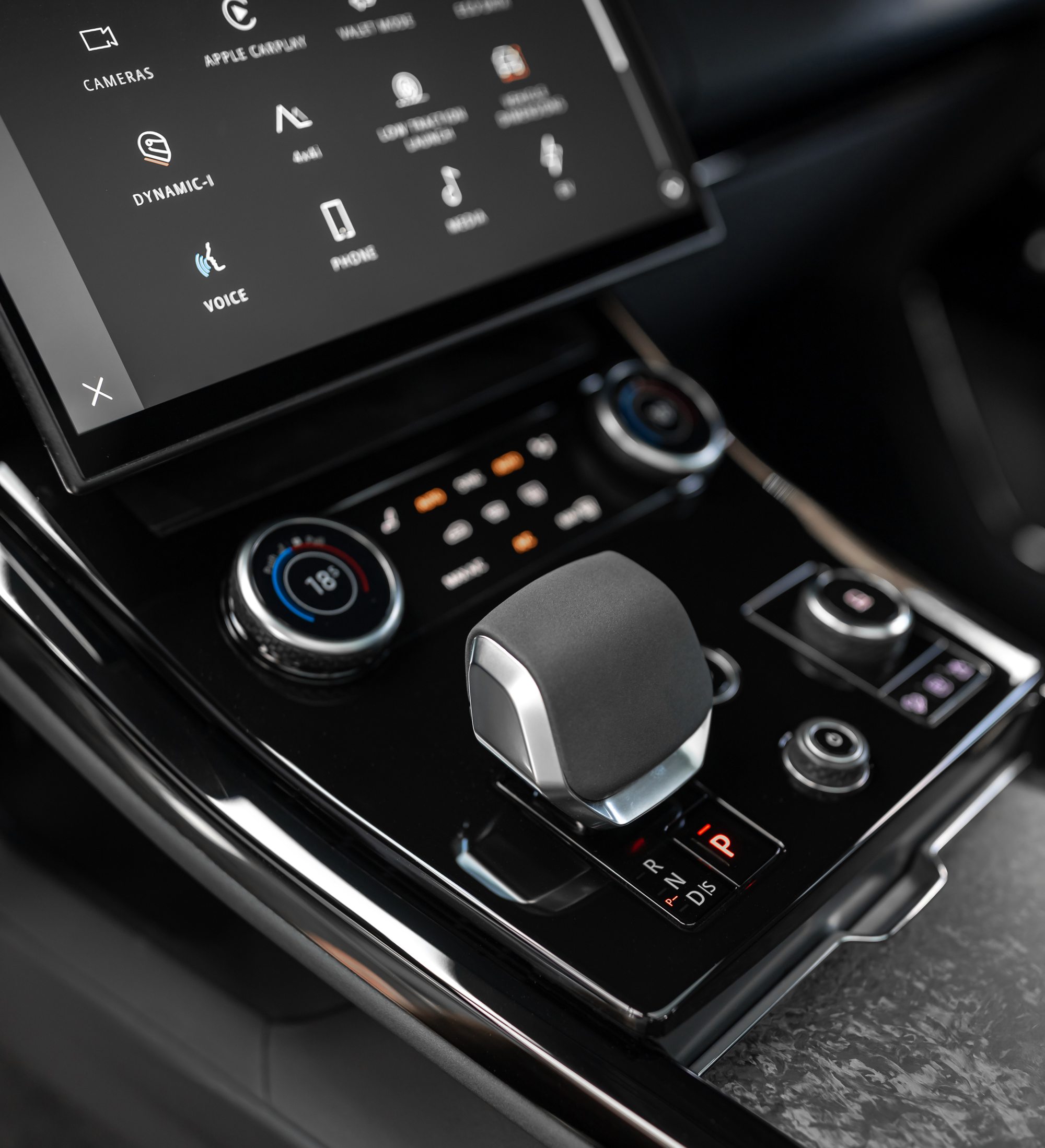
A mix of touch screen and rotary controls are on offer
Purists might decry the levels of automation on tap, but as is customary to point out, the toughest time of life for most Range Rover models is during their testing and marketing phase; the percentage of owners who explore the tilt angle limits and maximum wade depth is vanishingly small.
The big revelation is the serenity of off-roading in EV mode; with exhaust and engine noise banished, all you can hear are the creaks of the suspension and the scrunch of tyre on gravel.
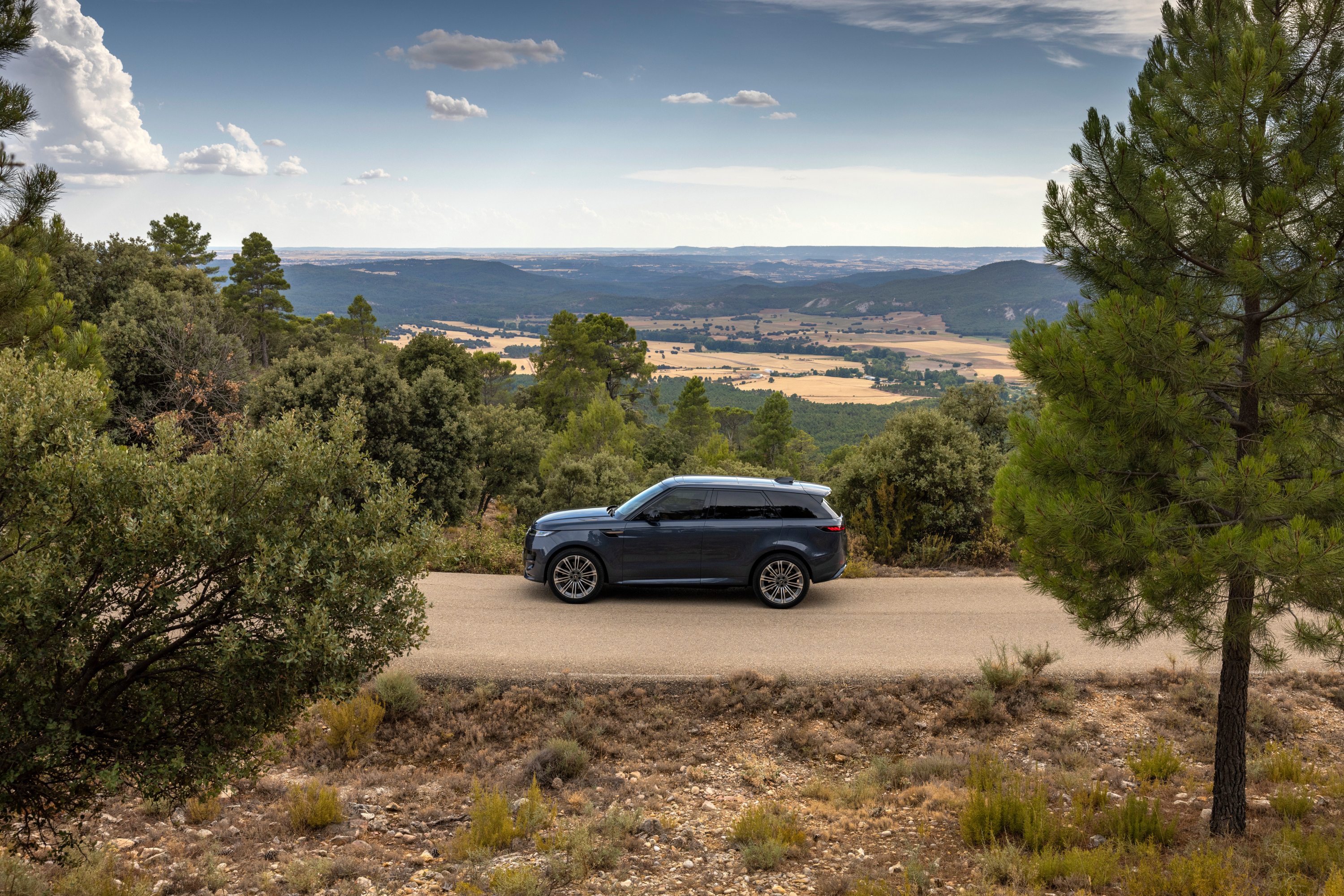
On the road, the Sport also offers an incredibly refined driving experience. The car’s scale and bulk provide effective insulation from the outside world, bolstered by active noise cancelling tech that reduces engine noise to a whisper.
The V8 provides the obligatory throaty rumble on acceleration, but it’s a divisive noise that you might chose to keep to a minimum.
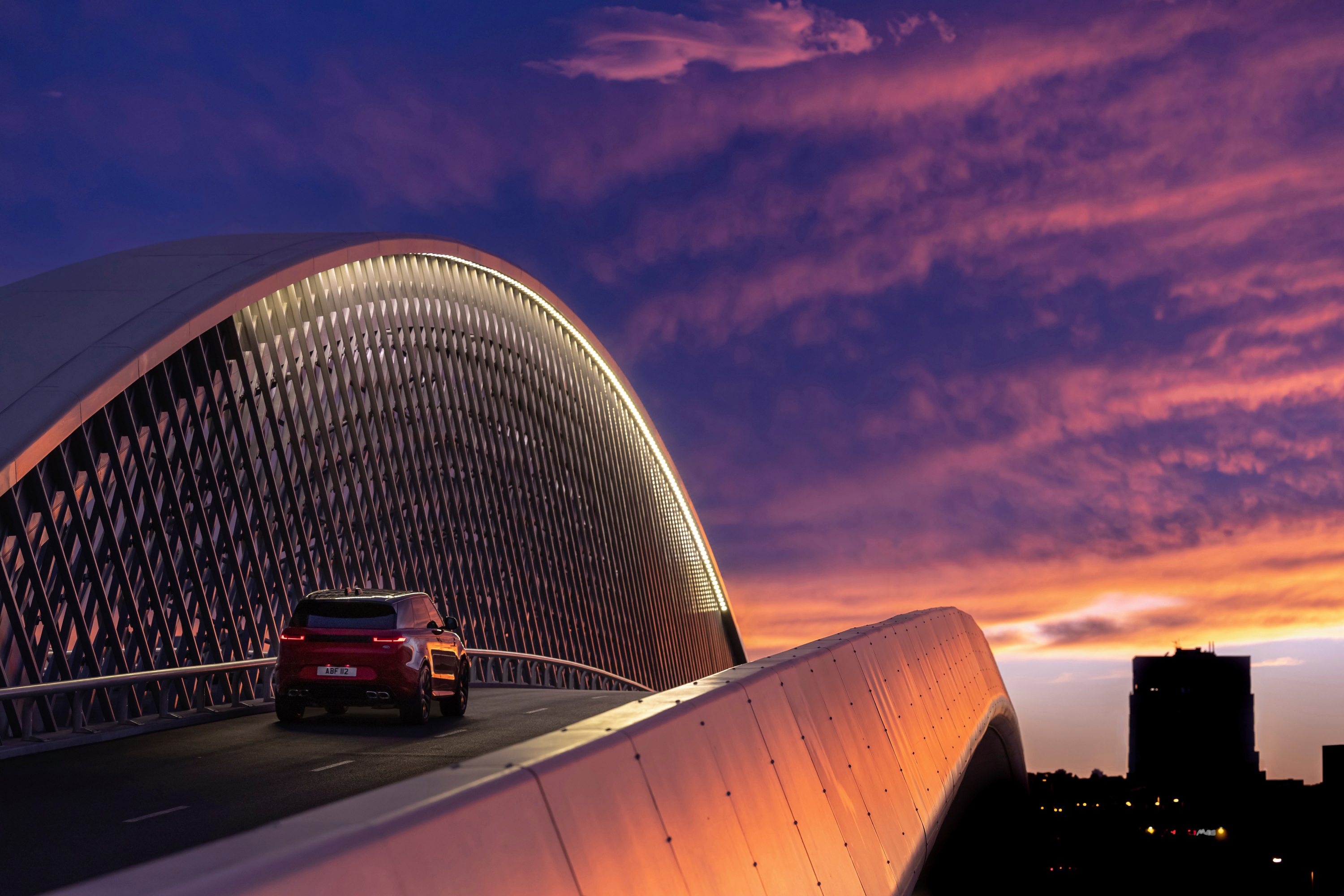
This is not the hybrid model, but the flagship V8
The PHEV models do a clever job of balancing battery and engine and can be encouraged to reserve electric power for a journey’s end – when entering a geo-fenced low emissions zone like Madrid city centre, for example. This complexity is something of an Achilles heel for JLR; the plug-in hybrid models contain around 5,000 semi-conductors, powering 63 individual computers (ECUs). Range Rovers may look tough, but there’s an underlying fragility that starts with the vagaries of the global supply chain and continues through to day-to-day reliability.
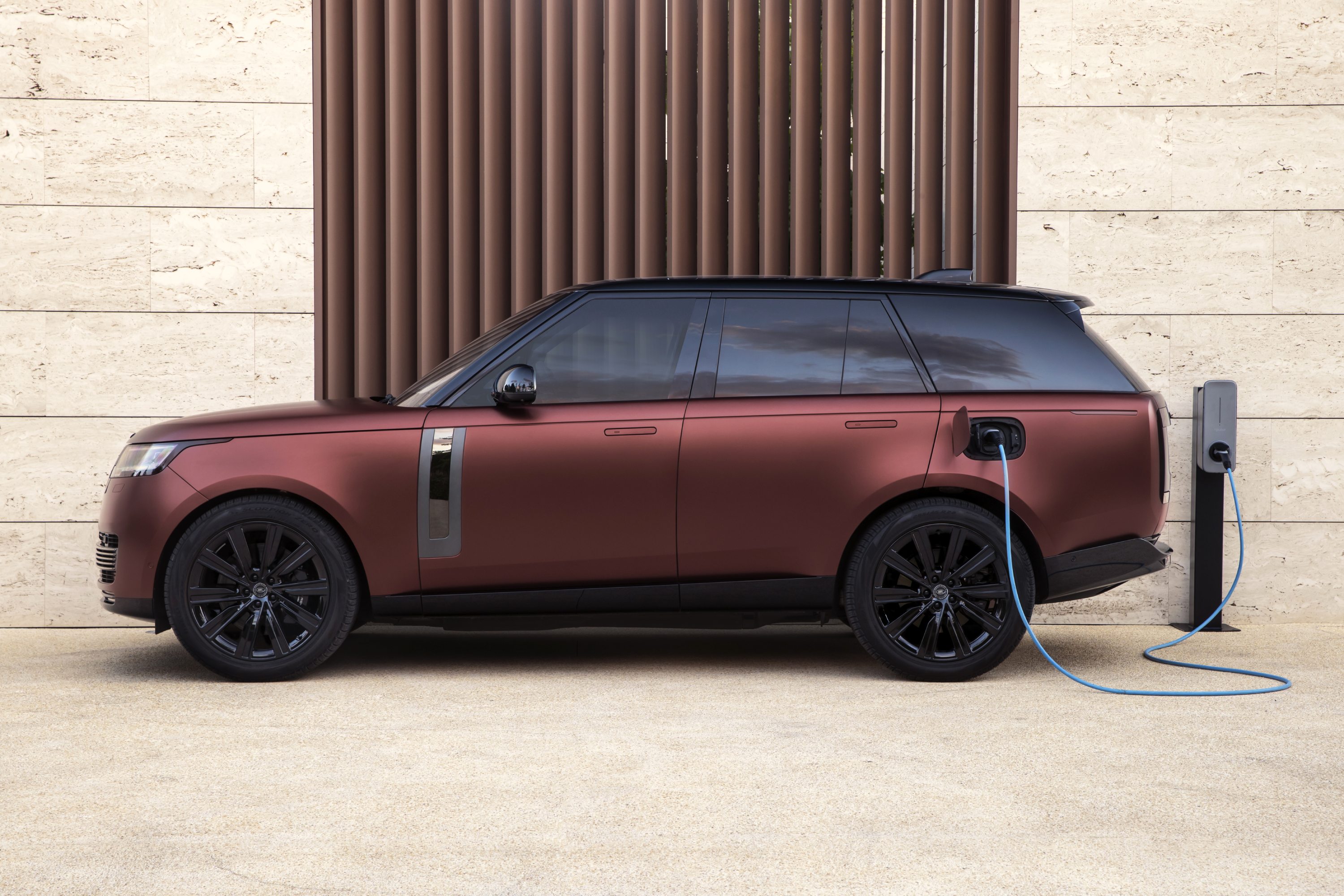
The New Range Rover plug-in hybrid model
Right now, companies building big, heavy cars are at something of an impasse. Until batteries get lighter, achieving comparable performance to an ICE equivalent model means carrying more weight. For a company like Range Rover with off-road ability at its core, this excess weight brings compromise.
The PHEV models of the Range Rover and Range Rover Sport both weigh around 2.8 tonnes; any heavier, and no amount of electronic wizardry will keep them from sliding down a muddy slope. JLR now has its own dedicated battery sub-contractor and is presumably working frantically on future solutions to allow its unique blend of scale, power, and ability to survive in the electric future. However, it’s worth questioning whether all those qualities need to endure.
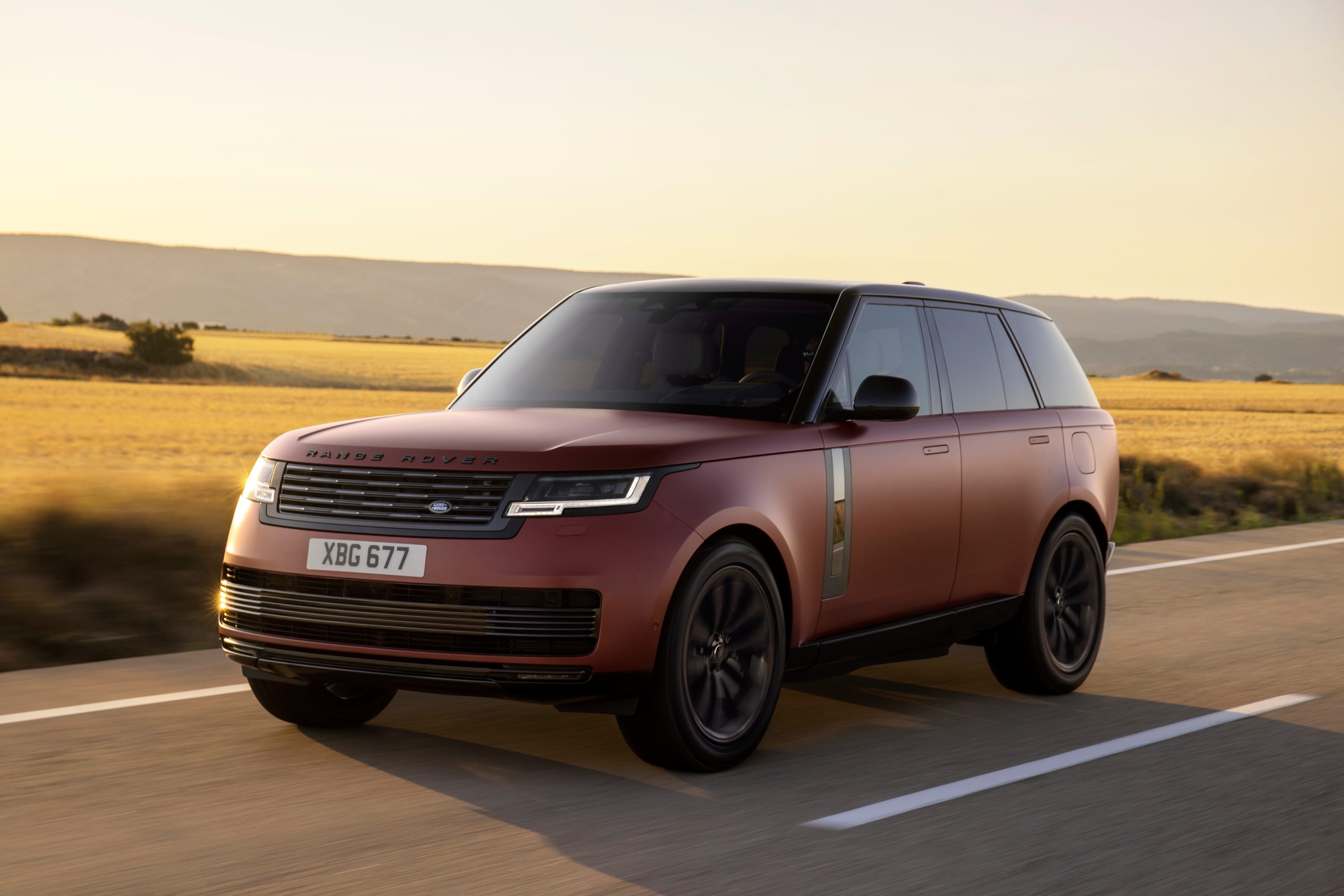
The New Range Rover plug-in hybrid model in all its majesty
The Range Rover and Range Rover Sport have almost scaled themselves out of the European city; sensors, cameras, and four-wheel steering systems are essential for peace of mind. The company makes much of its purist approach to design, equating its models with the clean lines and meticulous detailing of modernist architecture.
Range Rovers are the Eames Chain of automobiles, beautiful, in a rather macho kind of way, but also over-engineered and overweight. A hybrid Range Rover will give you up to 50 miles of zero emissions travel (if you’re careful), and JLR reckons that figure will cover 75 per cent of all Range Rover owners’ daily driving needs. It rather begs the question, are the remaining 25 per cent of journeys deserving of the massive resources devoted to them?
INFORMATION
Range Rover Sport, P575 SVR Carbon Edition V8, £115,105, P400e HSE, £75,495
Range Rover, P440e SE Plug-in hybrid, £108,330
Jonathan Bell has written for Wallpaper* magazine since 1999, covering everything from architecture and transport design to books, tech and graphic design. He is now the magazine’s Transport and Technology Editor. Jonathan has written and edited 15 books, including Concept Car Design, 21st Century House, and The New Modern House. He is also the host of Wallpaper’s first podcast.
-
 ‘I want to bring anxiety to the surface': Shannon Cartier Lucy on her unsettling works
‘I want to bring anxiety to the surface': Shannon Cartier Lucy on her unsettling worksIn an exhibition at Soft Opening, London, Shannon Cartier Lucy revisits childhood memories
-
 What one writer learnt in 2025 through exploring the ‘intimate, familiar’ wardrobes of ten friends
What one writer learnt in 2025 through exploring the ‘intimate, familiar’ wardrobes of ten friendsInspired by artist Sophie Calle, Colleen Kelsey’s ‘Wearing It Out’ sees the writer ask ten friends to tell the stories behind their most precious garments – from a wedding dress ordered on a whim to a pair of Prada Mary Janes
-
 Year in review: 2025’s top ten cars chosen by transport editor Jonathan Bell
Year in review: 2025’s top ten cars chosen by transport editor Jonathan BellWhat were our chosen conveyances in 2025? These ten cars impressed, either through their look and feel, style, sophistication or all-round practicality